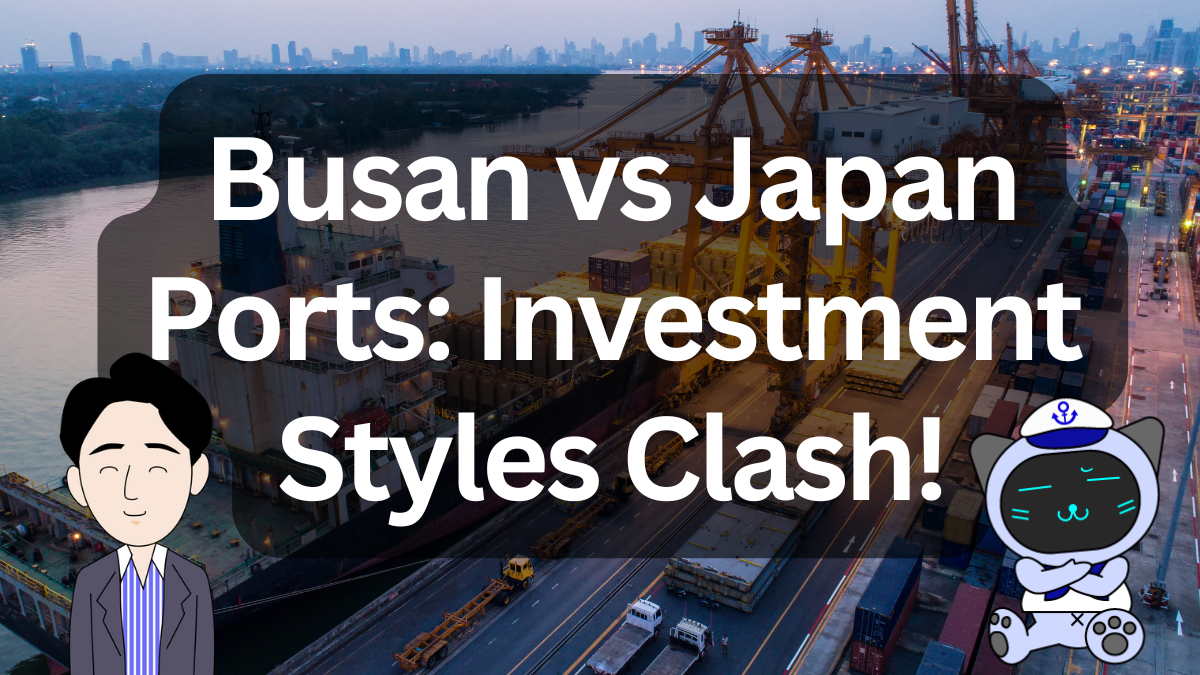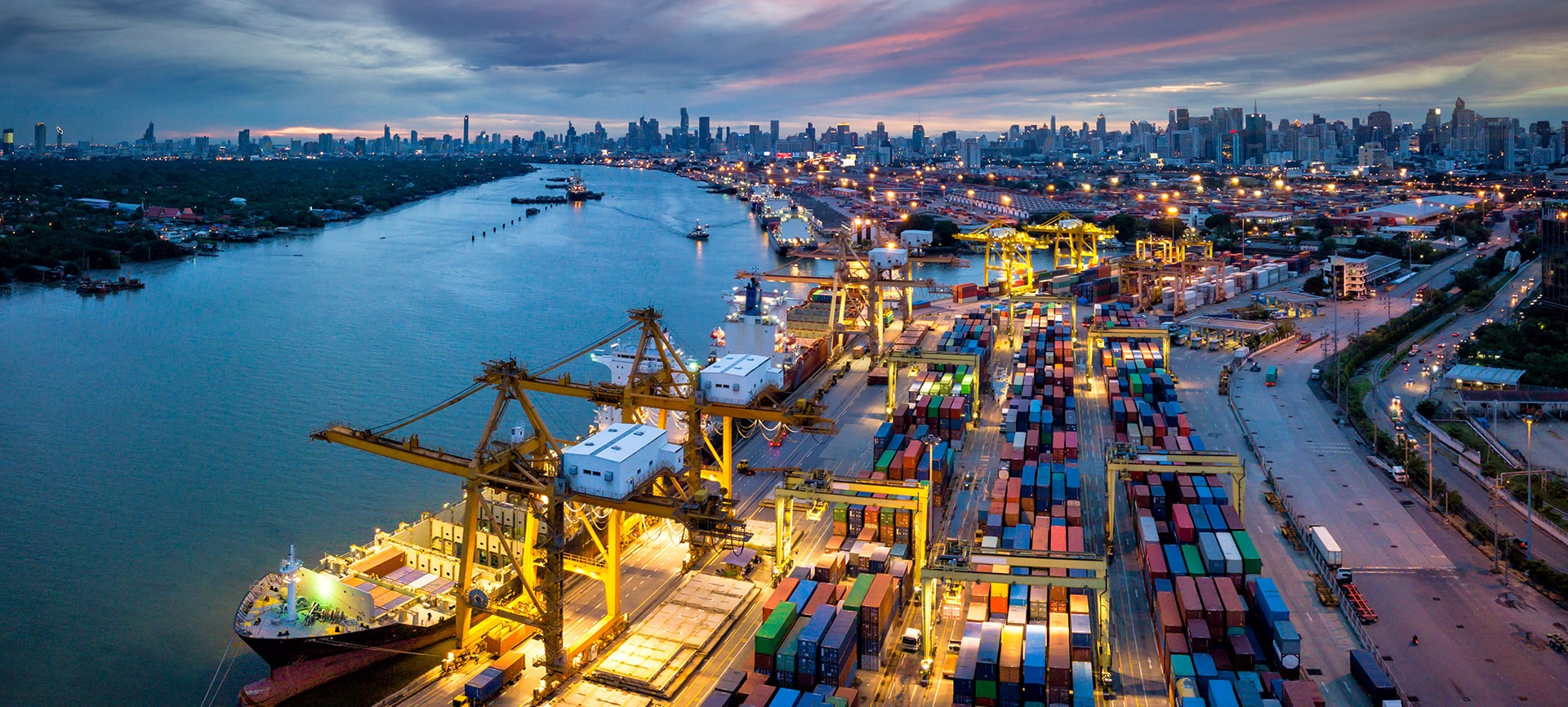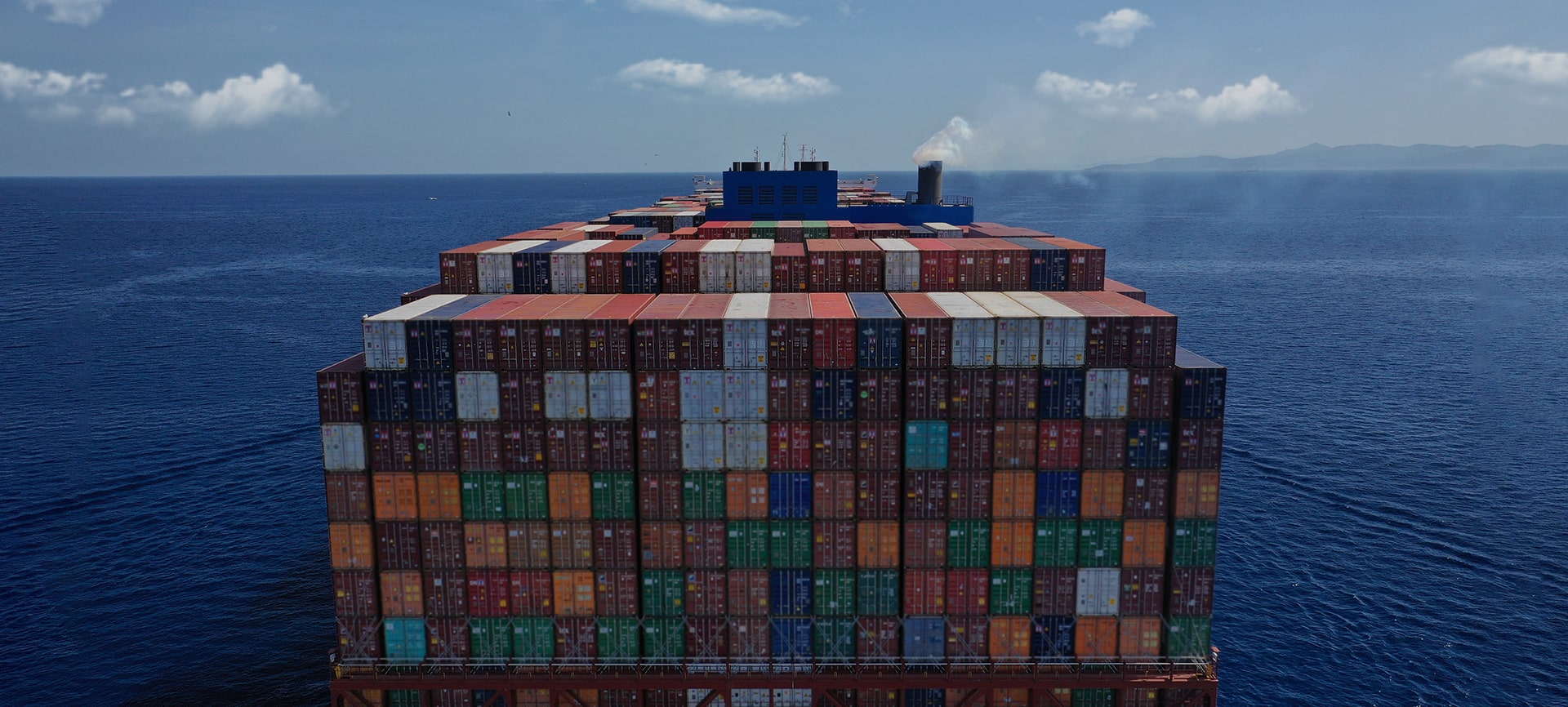Posted on: August 5, 2025 / Last updated: August 5, 2025
Busan vs Japan Ports: What Does It Take to Become a Hub?

Today, we’ll take a closer look at Busan Port’s new feeder-dedicated terminal and data platform, and contrast that with Japan’s current investment stance in port infrastructure.
CONTENTS
Busan Steps Up in Transshipment
In July 2025, Busan Port announced a $573 million (approx. 90 billion yen) investment for a new terminal dedicated to feeder ships.
The port is also developing a real-time data-sharing platform called Port-i to speed up and visualize transshipment flows.
The new terminal is expected to open in 2030 and will have a capacity of 1.5 million TEUs, with two berths (2,000 TEU each) and facilities for breakbulk cargo.
In 2024, Busan handled 13.5 million TEUs of transshipment cargo, up 9% from the previous year — now accounting for 55% of its total volume.
BPA’s Strategic Push
According to BPA officials, “Port-i” will make Busan more attractive for carriers.
80% of MSC’s containers in Busan are already transshipment cargo.
Unlike commercial platforms, Port-i will be managed by the port authority — ensuring transparency and control.
What About Japan?
Japan’s port investment still leans heavily toward ‘soft’ measures.
✔ On the software side:
・TradeWaltz and CyberPort initiatives continue
・Privatized port operator model improves efficiency
・AI and 5G tests underway for gate optimization
✖ On the hardware side:
・No dedicated feeder terminals
・No long-term infrastructure plans for transshipment
・Lack of national strategy for inter-port coordination
Geopolitics and Governance: A Clear Divide
| Aspect | Japan | South Korea (Busan) |
|---|---|---|
| Location | Final destination for cargo | Ideal transshipment hub in NE Asia |
| Management | Decentralized, local operators | Unified under BPA |
| Investment | Market-driven | Government-led |
Conclusion
Busan is clearly working to become a “preferred port.” Japan, meanwhile, must shift from a reactive stance to a proactive one. To attract transshipment cargo, hardware and software must evolve together.
There is potential for regional ports like Hokuriku and Kyushu to rise as midstream hubs.
Japan’s ports must now decide their next move
.












